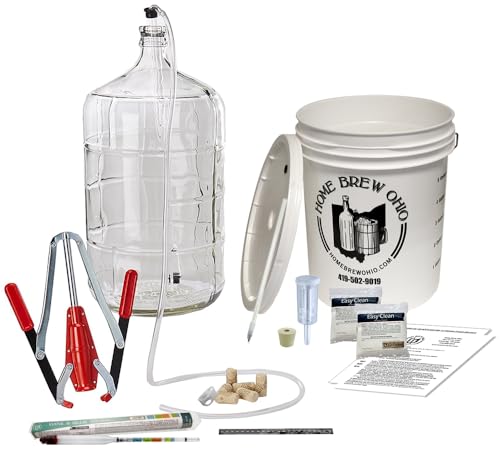retaste:Marechal Foch 2023
Home grown organic hand-destemmed and uncrushed with RC212/71B yeast combo with medium toast American oak during malolactic fermentation. SG 1.092 at ferment (no chaptalization). Grapes were in really nice condition.
Here are my comments on this wine:
Appearance: inky purple
Smell - rich cocoa and venison
Tannin - good
Acid - good (usually Marechal Foch is too acidic but 71B with MLF seems to fix that problem)
Flavour - this is the best Marechal Foch I've personally made. I've tasted lousy and stunning Marechal Foch. Most crappy Marechal Foch is too acidic. I personally don't like the flavour of chemically de-acidifed wines. On a scale of fair-good -very good-excellent I'd rate this as good right now but it tastes like it could improve to good-very good. This Marechal Foch was grown on glacial moraine soil (powdered rock with sand and a bit of clay with about 4 inches of natural humus on top) mulched under the rows with grass clippings to kill weeds under the wires and rototilled (early) and hoed (late) to killed weeds in the rows. I'll use this yeast combo again to get the acid level where it is on this wine. I think that adding pitted wild cherries to it with or without wild blackberries+dried elderberries could improve it a lot to at least "very good". PS I never used 71B yeast until logging on to this site and didn't know that RC212 needs nutrient to avoid MLF stink until logging on to this site. So for all you beginners read the entire site to learn the best ways to experiment with your ingredients and technique. There are some very dedicated winemakers on this site all of whom as far I can tell are really trying to get better at their craft and more than willing to give you their best guidance. The people in this room considering the size are almost unaffected by their egos e.g. you'll get really good winemakers telling you about their mistakes and what they learned. If you can actually digest everything there is to learn on this website it is almost certain that your winemaking will improve.
PSS - tomorrow I'm cooking 2 freezer chilis which will use some of this wine together with 1) chorizo, lean ground beef, jalapeno peppers, cremini mushrooms, garlic, fire roasted tomatoes dices and crushed, unsalted beef stock, organic onions, black beans, kidney beans, maybe garbanzos, cilantro, cumin, worcester sauce, tamari sauce, hot chili powder 2) same as 1) but no chorizo or jalapenos
Marechal Foch 2023
Home grown organic hand-destemmed and uncrushed with RC212/71B yeast combo with medium toast American oak during malolactic fermentation. SG 1.092 at ferment (no chaptalization). Grapes were in really nice condition.
Here are my comments on this wine:
Appearance: inky purple
Smell - rich cocoa, plums and venison
Tannin - good
Acid - very slightly high but that should let it age
Flavour - this is good decent house red, the best unblended one I've made. 71B/RC212 yeast combo seems to improve it. This was oaked with medium toast American oak and went through natural malolactic fermentation.














































